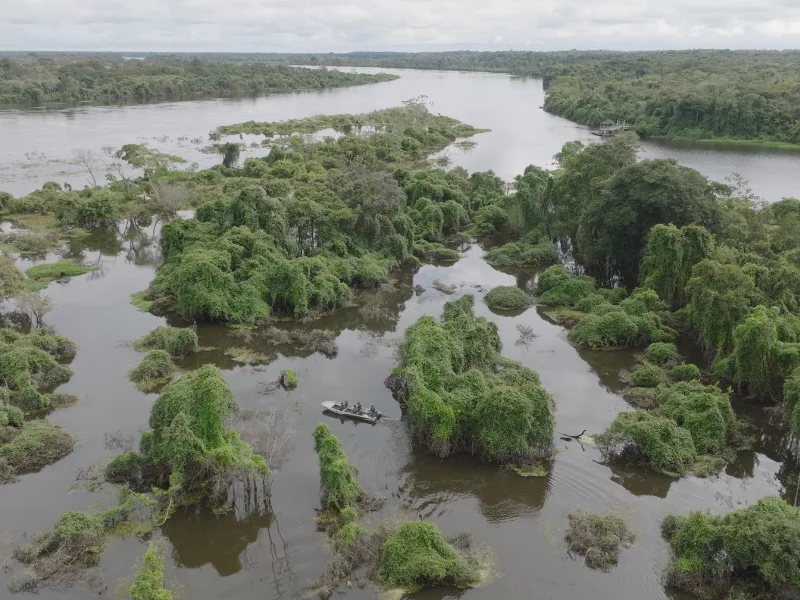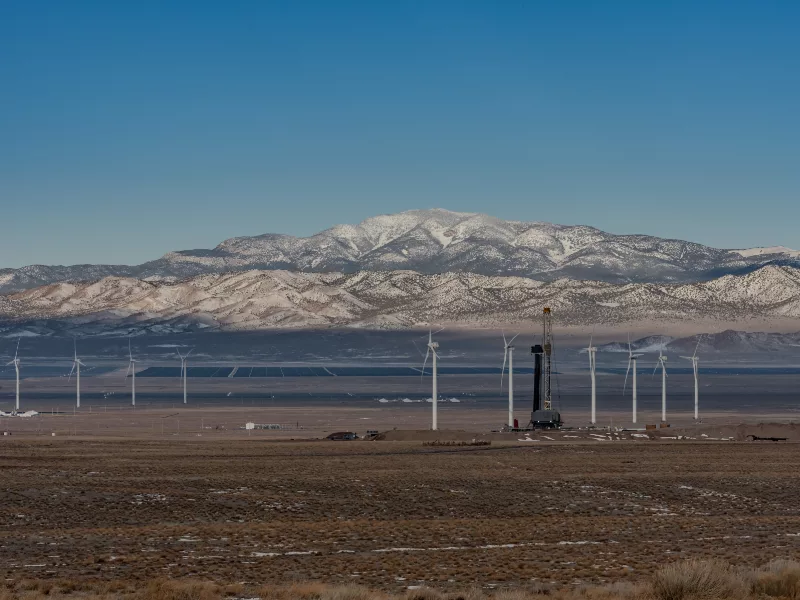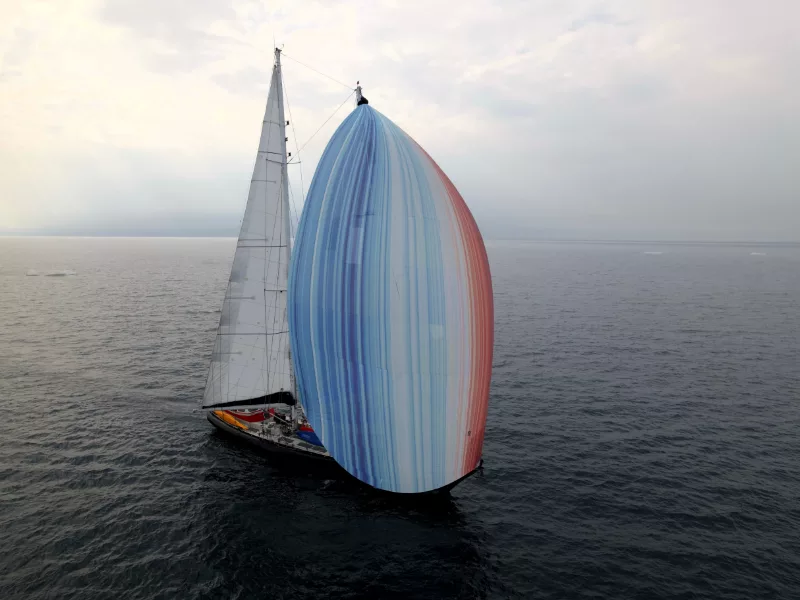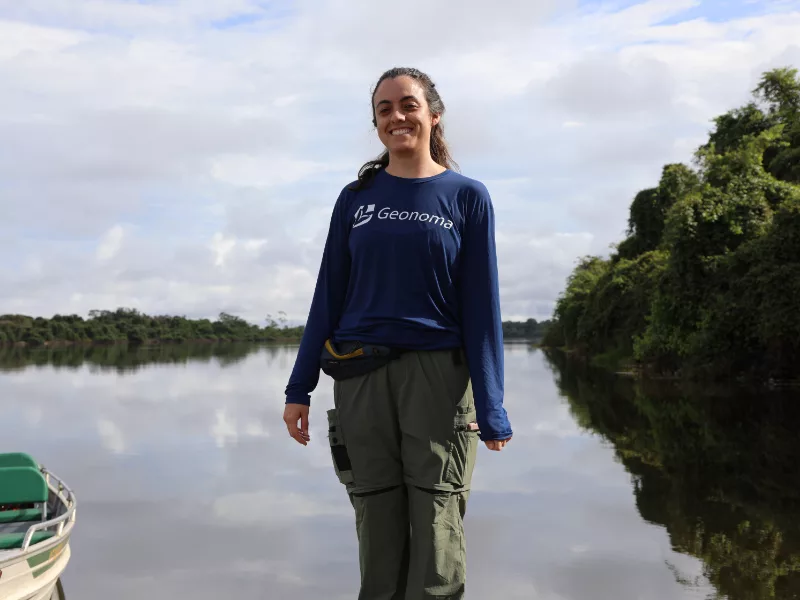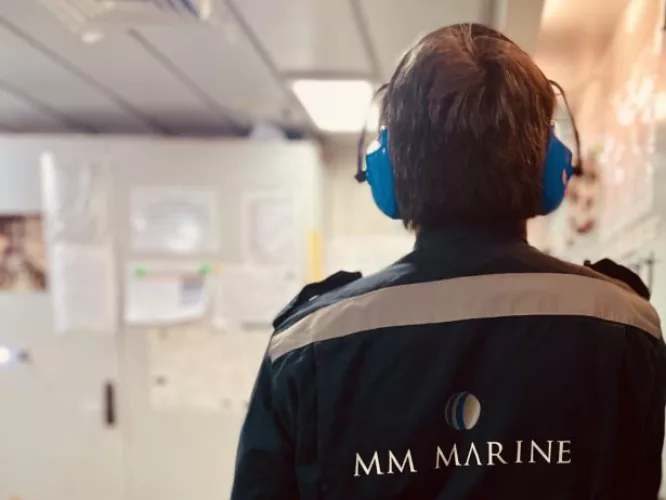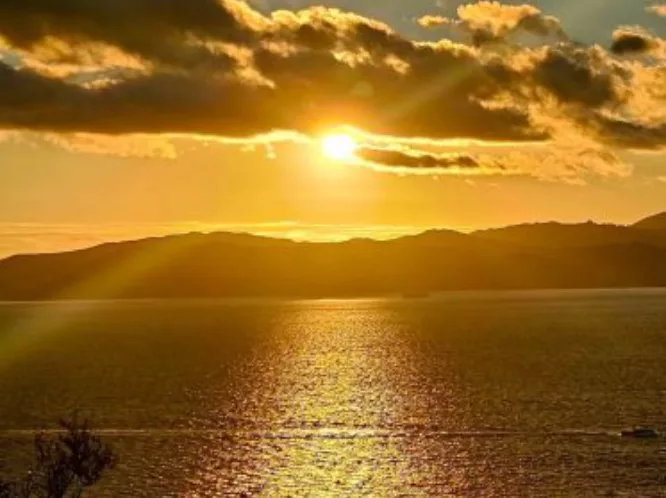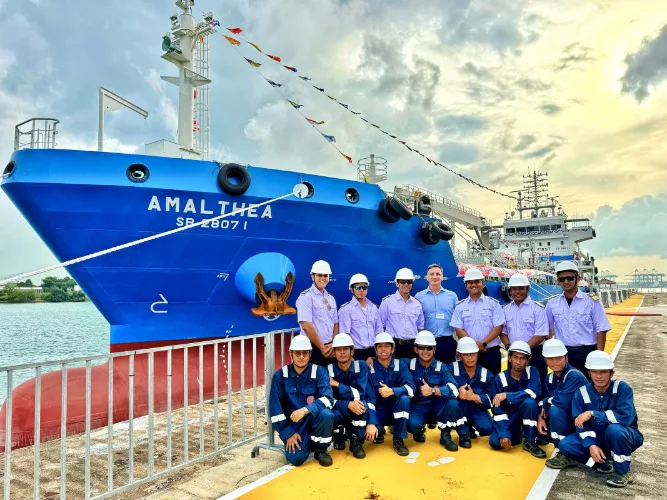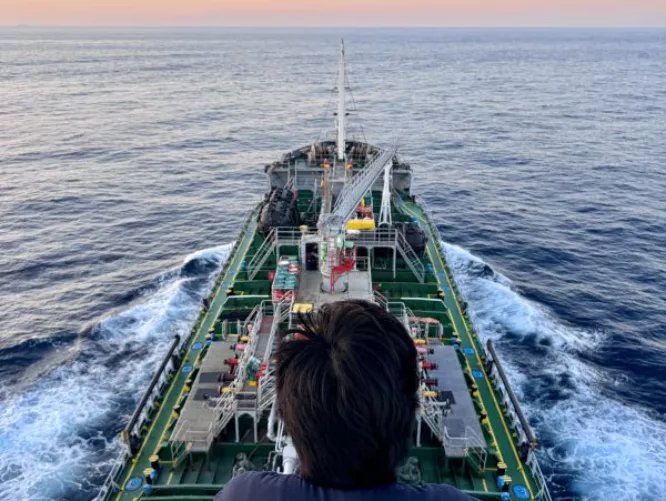Partner Profile
FOREL 2024 Expedition
The Forel Heritage Association’s mission is to provide scientists with a mobile scientific platform in the form of a sailing vessel – FOREL – dedicated to polar and subpolar research.
Location
Switzerland
Category
Non-profit scientific research
The Forel Heritage Association is a non-profit organization responsible for the scientific mandate of the research sailing vessel FOREL.
Highlighting the ongoing efforts to protect ocean health, Mercuria proudly stands as one of FOREL’s leading sponsors.
Mercuria’s expertise in renewable energy and its commitment to promote sustainability will help FOREL to leverage the results gathered by the platform to help decision-makers propose solutions for future generations.
In the summer of 2024, FOREL completed its first mission, supporting several projects with vital ocean research.
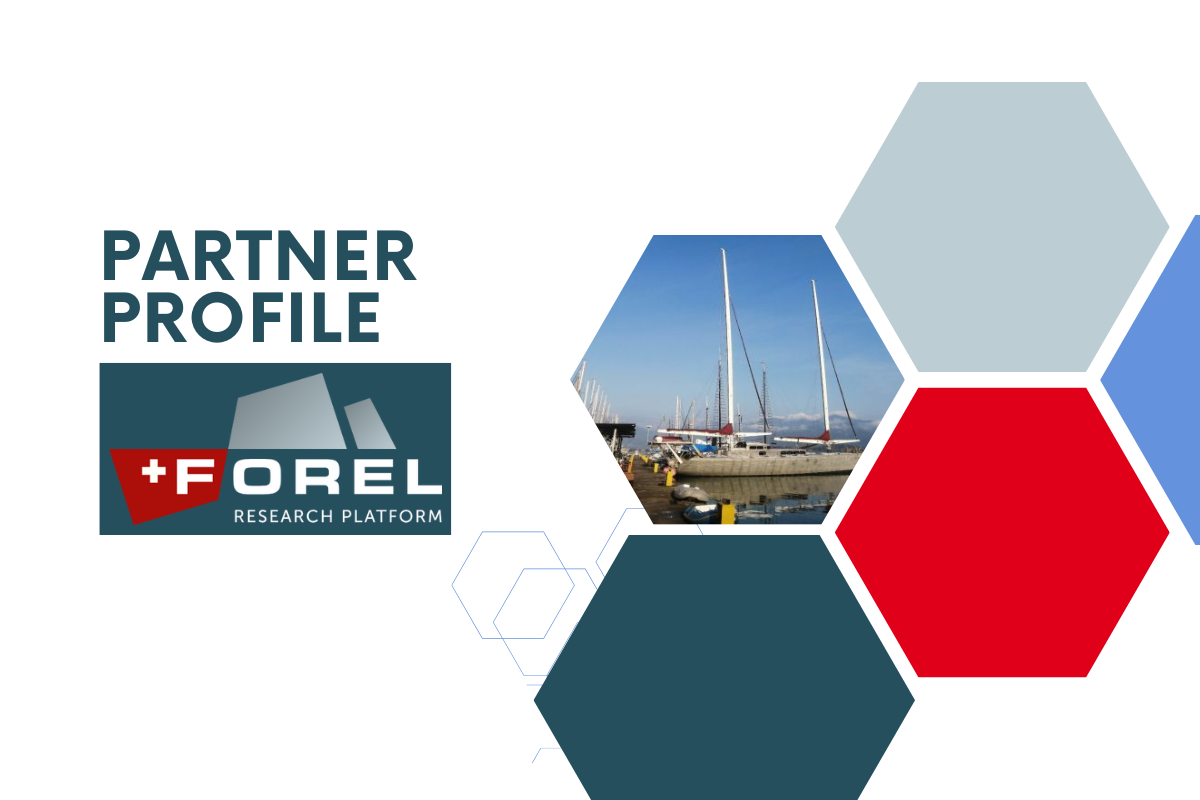
Who or what is FOREL?
FOREL is a 28-meter long motorized sailing vessel with an aluminum hull allowing her to navigate in polar and sub-polar regions. The vessel has been refitted in Lorient in western France, as a scientific platform including basic oceanography equipment such as CTD, a rosette and a Ferrybox for physicochemical measurements and water sampling.
The platform is equipped with a winch and cable, allowing various samples to be collected at depths of up to 1,000 meters. Lab benches, fume hoods, Milli-Q water production, freezers, chemical cabinets, etc. have been installed to accommodate additional equipment that scientists will be able to bring on board as part of their projects. It has the ambition to train young sailors and scientists to the challenges of the polar regions.

Photo Credit: Julien Girardot Photography
She is named after François-Alphonse Forel, a Swiss scientist born in 1841 whose research in biology, chemistry, water circulation, sedimentation and their interactions laid the foundations for a new discipline: limnology.
Why do science in polar and sub-polar regions?
The polar and sub-polar regions are the climate sentinels and are proving to be a key to anticipate the effects of climate change on our planet. This is why these regions are unique fields of study for researchers from a wide range of disciplines (glaciology, oceanography, biology, atmospheric science, etc.).
FOREL will focus on coastal areas that are difficult to access with large platforms. These coastal zones are very dynamic and extremely important as they are the point of exchange between the terrestrial and oceanic environments.
The research programs carried out by scientists aboard FOREL will provide a better understanding of the impact of anthropogenic disturbances on polar ecosystems, in the context of current and future climate scenarios.

Photo Credit: Julien Girardot Photography
How is Forel Heritage Association helping preserve polar regions?
In order to make the polar regions a shared responsibility and preserve them, the Forel Heritage Association aims to share knowledge of polar science to a broad audience.
Our primary objective is to communicate the scientific programs carried out during our various missions, working directly with researchers, and making their science accessible. The aim is to raise public awareness of climate change and its impacts.

Photo Credit: Julien Girardot Photography
After FOREL’s first campaign, what key modifications will be made to FOREL for future research missions?
Following the successful completion of its first scientific mission to Southwest Greenland in the summer of 2024, FOREL entered a scheduled winter refit in January 2025 in Lorient, France. This upgrade phase is focused on strengthening and enhancing the vessel’s operational capabilities in preparation for its 2025 mission.
The modifications are directly informed by feedback gathered during the 2024 expedition and are designed to optimize performance in demanding Arctic environments. Key improvements include reinforcements and other upgrades that are specifically designed to ensure the vessel is fully equipped for the extended duration of the upcoming expedition, which will be longer than the one in 2024.

Photo Credit: Forel Heritage Association
How did FOREL ensure meaningful engagement with Greenlandic communities during its mission?
The Forel-Héritage Association is committed to fostering connections between the scientific community, the general public, and local populations. Transparency and cultural sensitivity are central to its approach in all regions where FOREL operates.
During its 2024 mission, FOREL engaged Greenlandic communities through inclusive and multilingual communication. Information about the vessel’s arrival and scientific objectives was shared via informative posters and social media content in Greenlandic. While in port, the vessel remained open and accessible to the local residents, encouraging spontaneous visits and informal exchanges. The stopover in Paamiut, for example, enabled the crew to engage with the local community – welcoming children aboard and strengthening local ties.
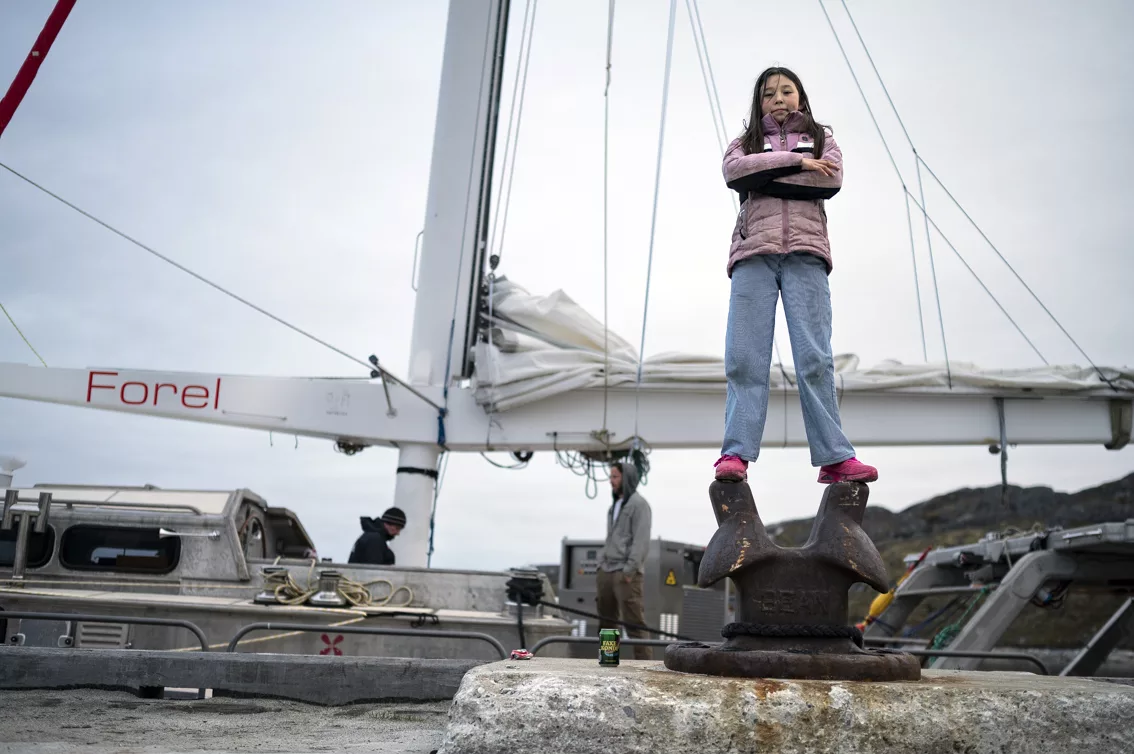
Photo Credit: Julien Girardot Photography
In parallel, emerging collaborations are helping to deepen this engagement. Notably, a partnership with the Uummannaq Polar Institute is supporting joint research initiatives involving Greenlandic hunters. These collaborations integrate traditional knowledge with scientific research, particularly in the study of regional food chains. Together, these efforts contribute to building long-term, trust-based relationships with the communities FOREL will encounter throughout its missions.
What has the public response been to the educational visits in France, where FOREL is also engages with the local community?
In France, in collaboration with the Cité de la Voile Éric Tabarly (CDLV), the vessel welcomed over 110,000 visitors – including more than 100 schoolchildren – for dockside visits and educational tours led by CDLV facilitators, trained by the Forel-Héritage Association.
This initiative is part of the broader educational mission of Forel-Héritage Association: to share polar science with a wide audience, promote collective responsibility for the polar regions, and encourage their long-term preservation. Even in the final days leading up to FOREL’s first expedition to Greenland, the crew continued to welcome the schoolchildren aboard the ship. Thanks to the expertise of the CDLV guides, many young visitors left with a deeper understanding of the polar world.
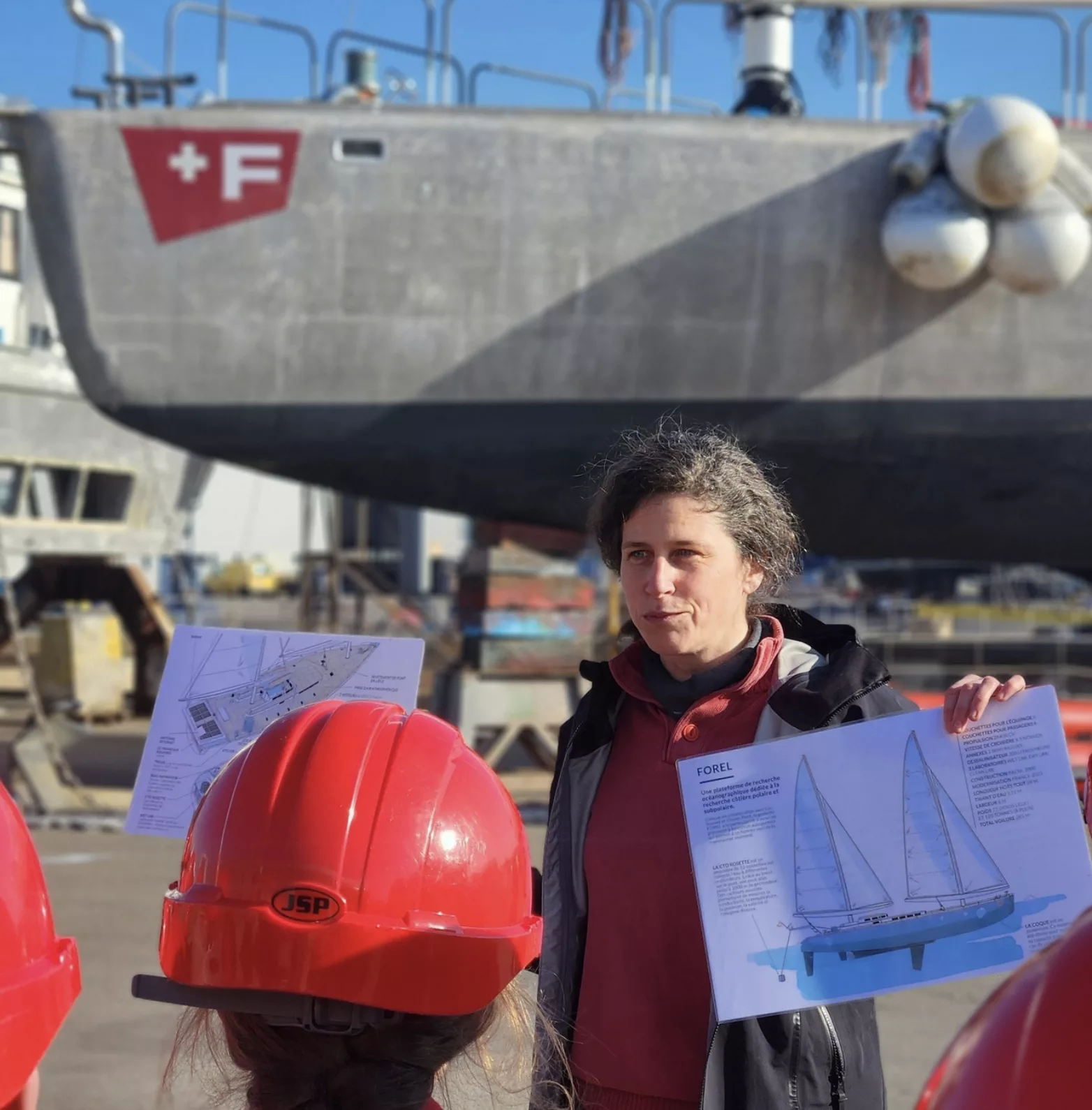
Photo Credit: Maison de la Mer, Lorient on Instagram
How does climate change impact navigation and operational planning of FOREL’s expeditions?
During the 2024 campaign, FOREL encountered significant disruptions in Greenland’s fjords due to shifting ice patterns and abrupt weather changes. These challenges were particularly evident during a planned approach to Narsaq, when the vessel was forced to reroute and take shelter in Paamiut for several days due to unusually strong ice cover and high winds.
Later, after persistent efforts to find an open passage, the crew successfully reached Narsaq, where the GreenFjord scientific team had been awaiting their arrival. These ice conditions are not merely logistical challenges – they reflect the increasingly rapid climate change in the Arctic. Rising temperatures in the North Pole region are contributing to the fragmentation, instability, and unpredictable drift of sea ice, which complicates navigation and expedition planning across the region.
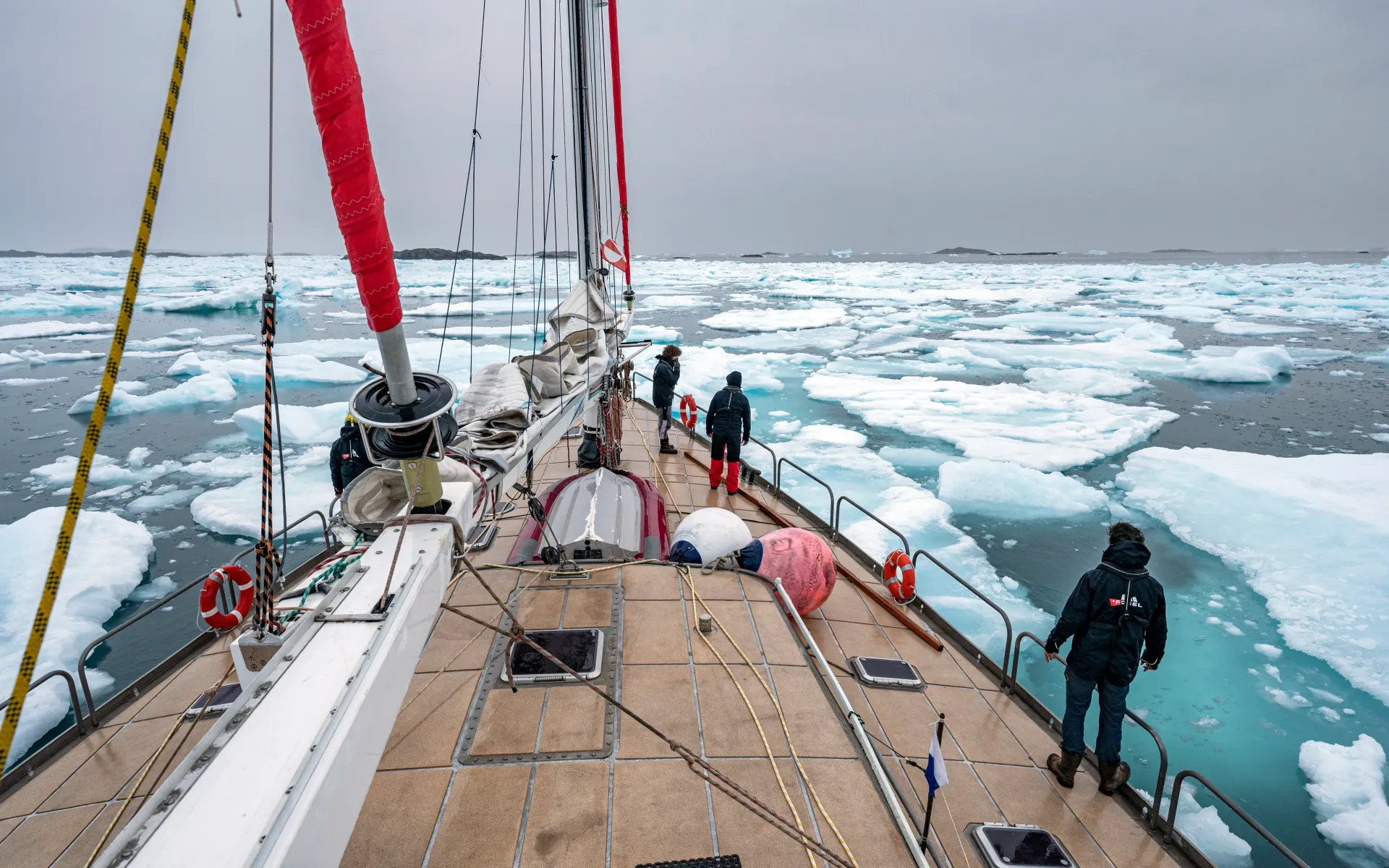
Photo Credit: Julien Girardot Photography
What scientific research was carried out aboard FOREL during its 2024 mission?
In 2024, two major international research programmes were conducted aboard FOREL:
-
- The GreenFjord Project, supported by the Swiss Polar Institute, explored the interactions between the ocean, atmosphere, and ice in the Nordre Sermilik Fjord. The research team collected data on water temperature, salinity, chlorophyll, particulate and dissolved organic matter, and trace gases such as CO, CHa, and NO. Atmospheric aerosol samples and environmental DNA (eDNA) were also gathered to assess biodiversity and atmospheric composition.
- The Canadian Benthos Program, led by Université Laval, focused on the impact of glacial melt on seafloor biodiversity. By comparing zones influenced by marine- and land-terminating glaciers, the team collected samples using sediment grabs, trawling, and water column profiling with a CTD Rosette – an instrument that measures conductivity, temperature, and depth while collecting water samples at various depths.
FOREL provided a highly adaptable platform for both missions, supporting the use of advanced monitoring technologies while upholding a strong commitment to low-impact research practices. Techniques such as eDNA sampling enabled the collection of critical data with minimal environmental disturbance – advancing a more sustainable model for polar science.
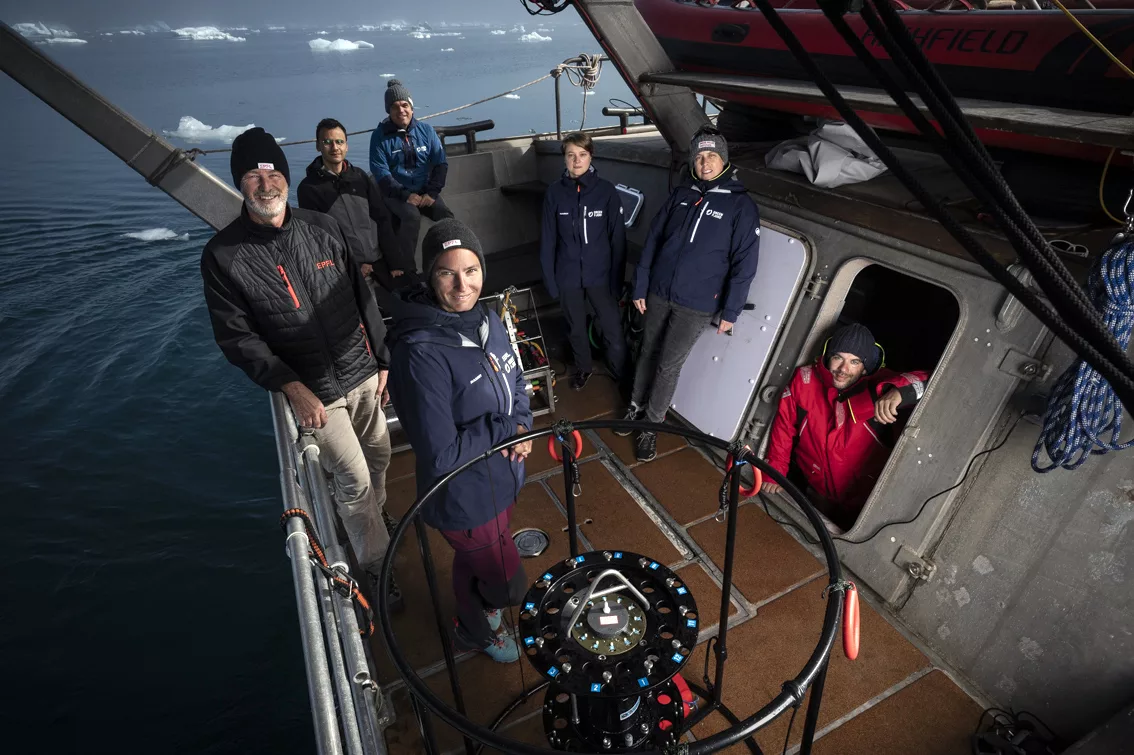
What is next for FOREL in 2025 and beyond?
With its winter refit underway in Lorient, FOREL is being prepared for an ambitious and wide-ranging 2025 expedition season. Planned missions will take the vessel to Canada’s Saguenay Fjord, Disko Bay, and back to the Southwest Greenland – supporting research on topics such as fjord coastal mapping, greenhouse gas emissions, and the role of nanoparticles.
The 2025 campaign will be longer in duration than the first season, allowing for extended fieldwork and broader scientific collaboration. Multiple institutions-including Université Laval, EPFL, UQAC, and others – will benefit from access to the platform, enabling a diverse range of interdisciplinary research.
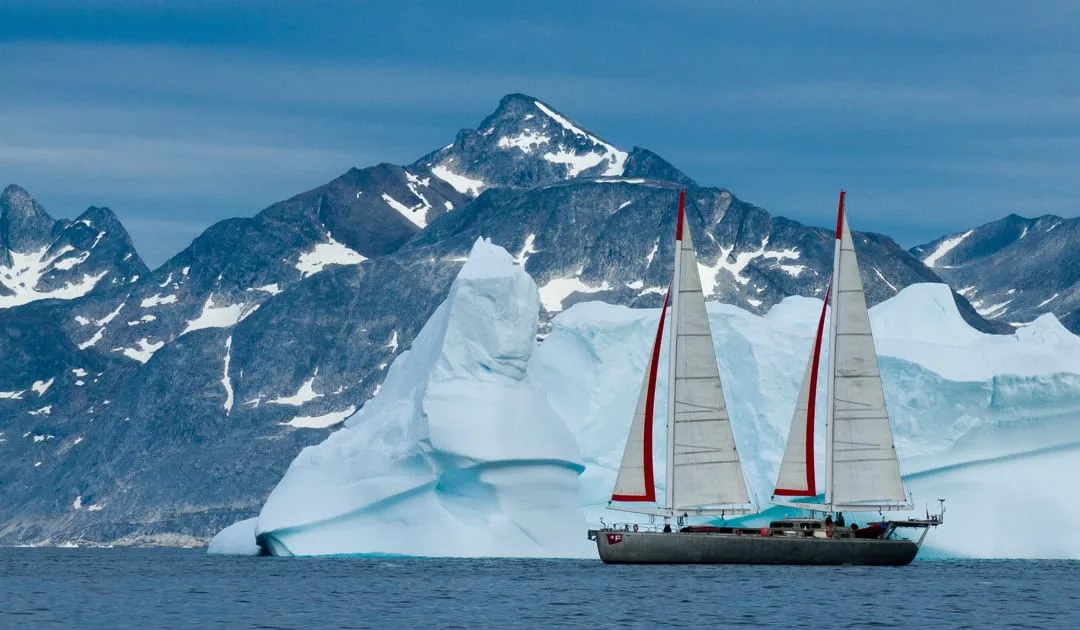
Photo Credit: Julien Girardot Photography
2024 PARTNER PROFILES
Silvania
Fervo Energy
Ocean Science Expedition
Geonoma
Reporting areas
Governance
Planet
People
Prosperity

